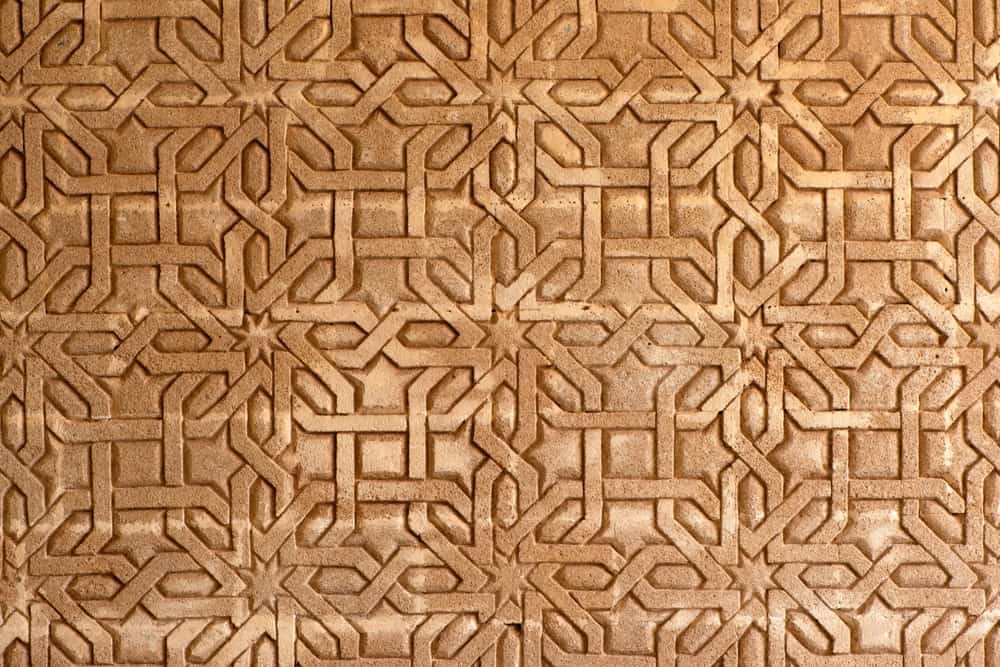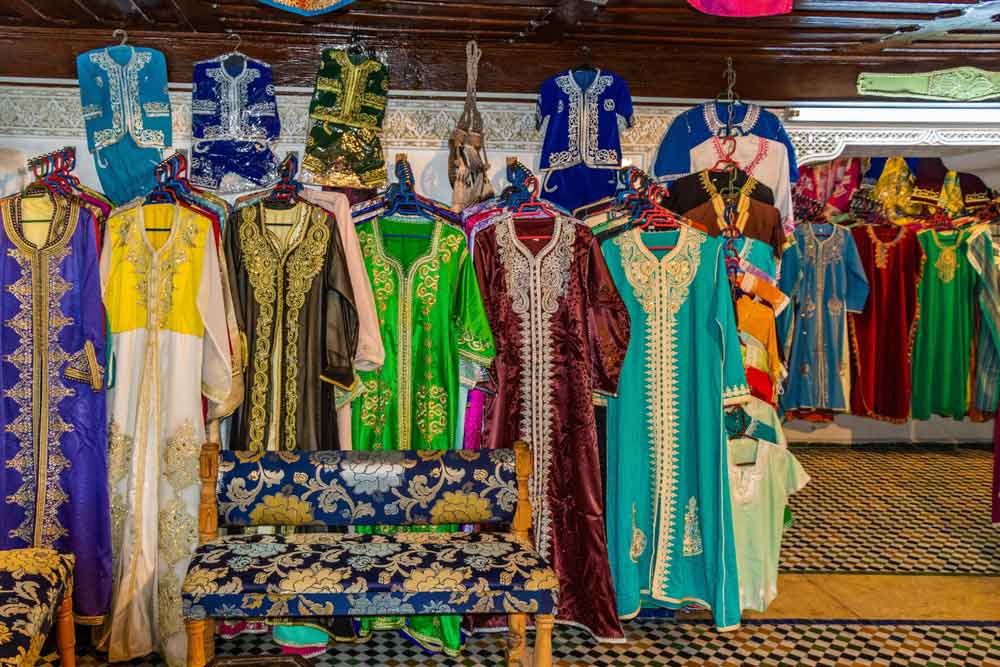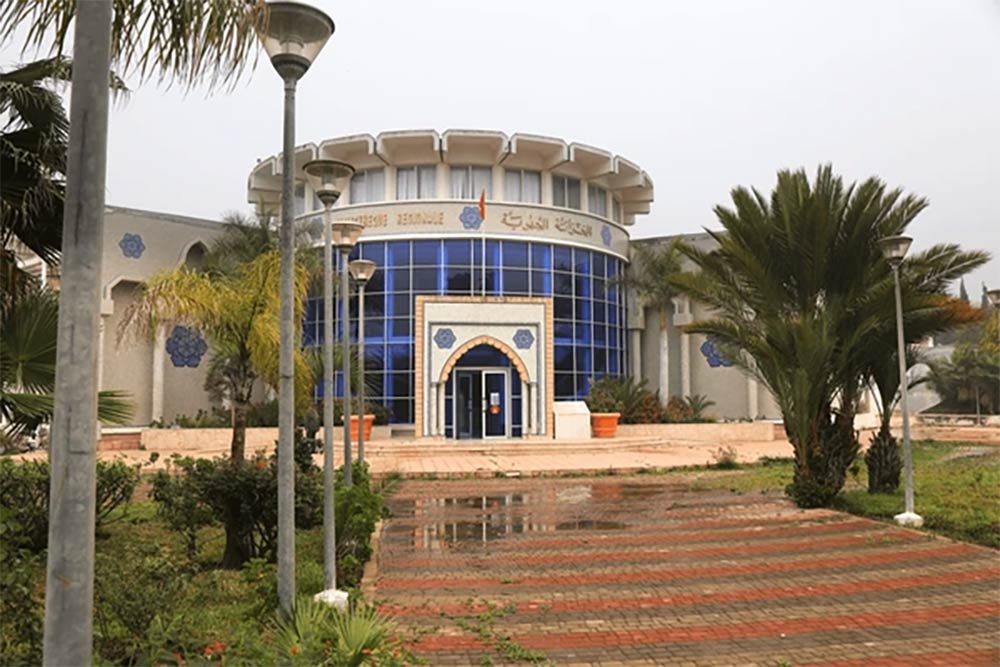Morocco is a country rich in history and culture. For centuries, it has been a place where different traditions and practices have thrived. But Morocco is not just about its past; it is also about the present and the future. Today, modern cultural movements are blooming all over the country. These movements are changing how people create and share art, music, fashion, and more.
Imagine walking through a Moroccan art gallery filled with bright, modern paintings. You might see photographers capturing the beauty of Moroccan landscapes in new ways. In the cinema, Moroccan filmmakers are telling stories that capture the hearts of audiences worldwide. Musicians are blending traditional sounds with modern beats, creating music that is both fresh and familiar.
Literature and poetry are also evolving. Writers are exploring new themes and styles. In fashion, designers are combining old and new, making clothes that are both trendy and traditional. Theatres are putting on shows that mix classic and contemporary performances. Digital media is booming, with artists and creators using the internet to share their work with the world.
Cultural activism is another big part of these movements. Many people and organizations are working hard to preserve and promote Morocco’s rich heritage. They are also using art and culture to bring about social change. The food scene is also exciting, with chefs creating delicious dishes that mix traditional flavors with new ideas.
Education and cultural institutions play a huge role too. They are teaching the next generation about Morocco’s cultural past and helping them to shape its cultural future.
Art and Photography

In the past, Moroccan art was full of traditional designs and patterns. Artists painted beautiful scenes of nature, daily life, and important events. Photography was simple, capturing people and places in black and white. Today, Moroccan art and photography have transformed dramatically.
Now, you can see bright and colorful paintings in galleries across the country. Modern artists blend old styles with new ideas, creating unique works that stand out. They use different materials like metal, glass, and recycled items to make their art. Moroccan photographers are also pushing boundaries. They use advanced cameras to capture stunning images of Morocco’s landscapes, cities, and people.
Globalization and technology play a big role in this change. Artists travel to different countries, learning new techniques and getting inspired by various cultures. They bring these new ideas back to Morocco, enriching their work. Technology helps photographers edit their photos to look even more striking. It also makes it easier for them to share their work on social media and other platforms, reaching a wider audience.
Film and Cinema
Moroccan cinema has come a long way from its early days. In the past, films were simple and focused on traditional stories. Today, Moroccan filmmakers are creating movies that capture the hearts of audiences around the globe. These films explore various themes, from historical events to modern-day issues.
The government supports the film industry by providing funding and resources. This support helps filmmakers produce high-quality movies. International collaborations are also common. Moroccan filmmakers work with directors, actors, and producers from other countries. These partnerships bring fresh perspectives and new ideas to Moroccan cinema.
Film festivals are a big part of this cultural movement. Events like the Marrakech International Film Festival attract filmmakers and movie lovers from all over the world. These festivals showcase the best of Moroccan cinema, helping to promote it globally. They also provide a platform for new filmmakers to present their work and gain recognition.
Music and Dance
Traditional Moroccan music and dance are vibrant and full of energy. Styles like Gnawa and Andalusian music have been around for centuries. Today, Moroccan musicians are blending these traditional sounds with modern beats, creating music that is both fresh and familiar.
Modern music festivals are popular in Morocco. Events like the Mawazine Festival and the Essaouira Gnawa and World Music Festival draw huge crowds. These festivals feature a mix of traditional and contemporary music, showcasing the best of both worlds. Musicians from around the globe come to perform, bringing their unique sounds to Moroccan audiences.
Music education has also grown. More schools and programs teach young people about music. They learn to play traditional instruments and explore new genres. This education helps preserve Morocco’s musical heritage while encouraging innovation.
Literature and Poetry
Morocco has a rich tradition of literature and poetry. Classical Moroccan literature often focused on historical events, religion, and everyday life. Oral poetry was a common way for people to share stories and express their feelings. Today, Moroccan writers are exploring new themes and styles.
Contemporary Moroccan literature covers a wide range of topics. Writers address modern issues like identity, migration, and social change. They use different formats, including novels, short stories, and poetry. Literary festivals, such as the Casablanca Book Fair, provide a platform for these writers to share their work.
Translation plays an important role in this cultural movement. Many Moroccan works are translated into other languages, making them accessible to a global audience. This helps to spread Moroccan culture and ideas internationally.
Fashion and Design

Traditional Moroccan clothing is known for its intricate designs and vibrant colors. Garments like the djellaba and kaftan have been worn for centuries. Today, Moroccan fashion designers are creating clothes that combine traditional elements with modern styles.
These designers are gaining recognition both in Morocco and internationally. They participate in fashion shows and events, showcasing their unique creations. Modern Moroccan fashion includes a mix of traditional fabrics and contemporary designs. This blend creates clothes that are stylish and culturally rich.
The global fashion industry influences Moroccan designers. They draw inspiration from different cultures and trends. Fashion education has also improved, with more schools offering courses in design. This education helps young designers develop their skills and innovate.
Theatre and Performance Art
Traditional Moroccan theatre and performance art have always been important parts of the culture. They include storytelling, music, and dance. Today, modern theatre productions and performance art are becoming more popular.
Theatre schools are growing, offering programs that teach acting, directing, and production. These schools help nurture new talent and support the theatre community. Modern theatre productions often blend traditional themes with contemporary issues. They explore topics like social change, identity, and global influences.
Theatre festivals, such as the International Festival of University Theatre in Casablanca, are key to this movement. These events bring together performers from different countries. They provide a platform for showcasing new work and sharing ideas.
Digital Media and Technology
Digital media and technology have revolutionized how art and culture are created and shared in Morocco. In the past, traditional media like newspapers, radio, and television were the main sources of information and entertainment. Today, the internet and digital platforms have changed everything.
Artists and creators use social media to share their work with a global audience. Platforms like Instagram, YouTube, and Facebook allow them to reach people far beyond Morocco. Digital media also enables collaboration. Artists can work together on projects, even if they are in different parts of the world.
Technology helps artists experiment with new forms of expression. Digital art, video production, and online exhibitions are just a few examples. These new mediums allow for more creativity and innovation. Digital literacy programs are important too. They teach people how to use technology effectively, helping to bridge the digital divide.
Cultural Activism and NGOs
Cultural activism is a powerful force in Morocco. Many people and organizations work hard to preserve and promote the country’s rich heritage. They use art and culture to bring about social change.
NGOs play a big role in this movement. They organize events, run programs, and provide support for cultural initiatives. These organizations work on a variety of issues, from education to human rights. They help to raise awareness and create positive change in communities.
Social media is a key tool for cultural activists. It allows them to reach a wide audience and share their message. Online campaigns can bring attention to important issues and rally support. Cultural activism helps to protect Morocco’s traditions while also pushing for progress and innovation.
Cuisine and Gastronomy
Moroccan cuisine is famous for its rich flavors and diverse dishes. Traditional food includes tagine, couscous, and a variety of spices. Today, Moroccan chefs are experimenting with new ideas and ingredients, creating a modern twist on traditional dishes.
Fusion restaurants are becoming popular. These eateries combine Moroccan flavors with international cuisines, offering unique dining experiences. Culinary tourism is also growing. Visitors come to Morocco to taste its delicious food and learn about its culinary traditions.
Modern chefs use local ingredients and traditional cooking methods. They also incorporate new techniques and presentation styles. Cooking schools and programs are important. They teach people about Moroccan cuisine and help preserve culinary traditions.
Education and Cultural Institutions

Education and cultural institutions play a huge role in shaping Morocco’s cultural future. Traditional education systems have always included lessons on Moroccan history and culture. Today, there are more programs focused on arts and culture.
Cultural institutions, like museums and galleries, help to preserve and promote Morocco’s heritage. They host exhibitions, workshops, and events that educate the public. These institutions work with schools to provide educational programs for students.
Government policies support cultural education. There are initiatives to promote the arts and make cultural programs more accessible. International partnerships are also important. They bring new resources and opportunities to Moroccan cultural institutions.
Conclusion
Modern cultural movements in Morocco are vibrant and diverse. They blend traditional elements with new ideas, creating a unique cultural landscape. From art and photography to digital media and culinary innovation, these movements are shaping the future of Moroccan culture. By exploring these changes, we can appreciate the richness and creativity of modern Morocco.
